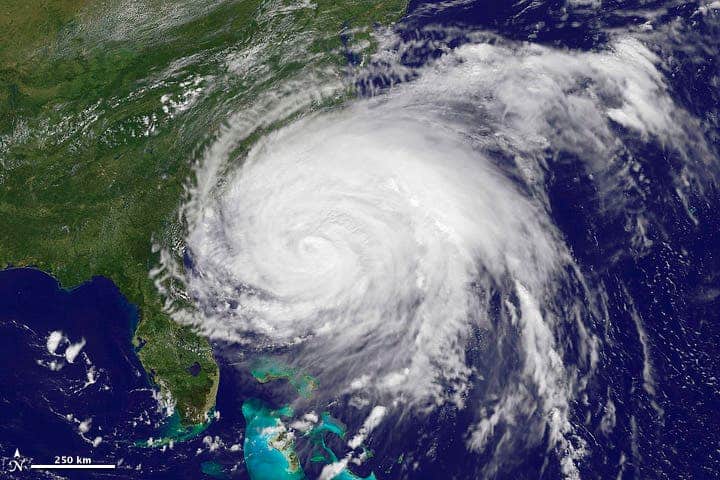
A hurricane and earthquake happening at the same time sound like an unlikely combo — but at the bottom of the ocean, it isn’t. According to a new study, it’s quite common for a powerful hurricane to cause the seafloor to rumble like a 3.5-magnitude earthquake.
Researchers call this phenomenon a ‘stormquake’. They occur when a large storm forms above the ocean, triggering a secondary wave that interacts with the seafloor. The interaction causes the seafloor to shake, primarily when it is flat and over a large continental shelf.
“During a storm season, hurricanes or nor’easters transfer energy into the ocean as strong ocean waves, and the waves interact with the solid earth producing intense seismic source activity,” said Wenyuan Fan, an assistant professor of Earth, Ocean and Atmospheric Science at Florida State University and lead author of the new study.
A new geophysical phenomenon
There’s no need to worry, though. Although powerful tsunamis such as those that struck Japan in 2011 are formed when an earthquake occurs on the seafloor, stormquakes are simply too weak to pose a threat. In fact, they represent a new useful seismic source that scientists can use to investigate the planet’s structure, especially in locations where we lack seismic instruments or earthquakes. Moreover, they can be used to study ocean wave dynamics during large storms, which ultimately should improve forecasting in the future.
“We can have seismic sources in the ocean just like earthquakes within the crust,” Fan said. “The exciting part is seismic sources caused by hurricanes can last from hours to days.”
The study, which was published was published in the journal Geophysical Research Letters, notes that 14,077 stormquakes have been recorded between 2006 and 2015. Hurricane Ike, which struck the Caribbean Islands and Texas in 2008, and Hurricane Irene, which washed on the East Coast, created the most stormquakes in their path.
But, not all hurricanes lead to stormquakes. The massively powerful Hurricane Sandy barely generated one, suggesting that local oceanographic features and seafloor topography are essential to their formation. No stormquake was detected off the coast of Mexico or the U.S. East Coast from New Jersey to Georgia.
“We have lots of unknowns,” Fan said. “We weren’t even aware of the existence of the natural phenomenon. It really highlights the richness of the seismic wave field and suggests we are reaching a new level of understanding of seismic waves.”






